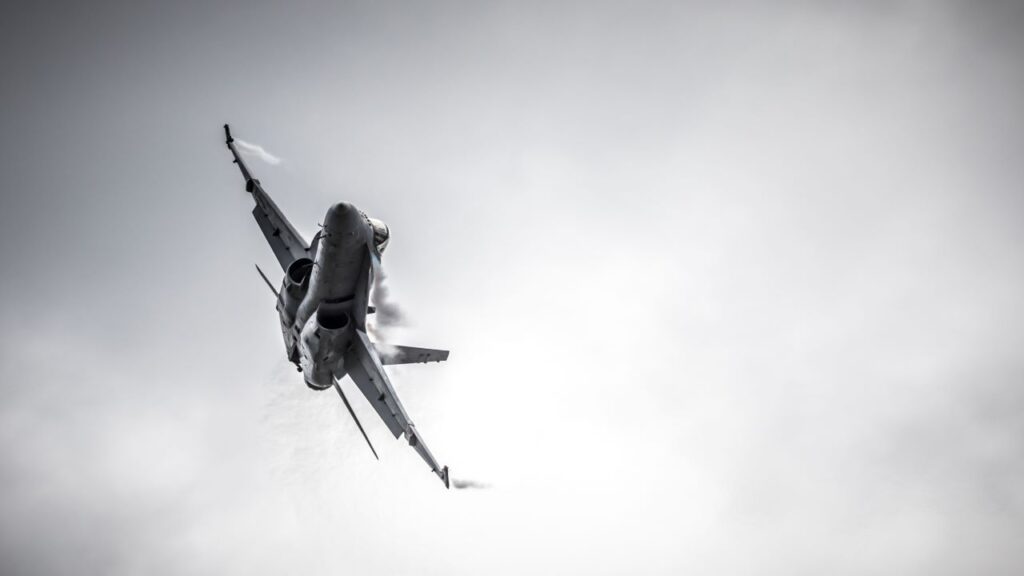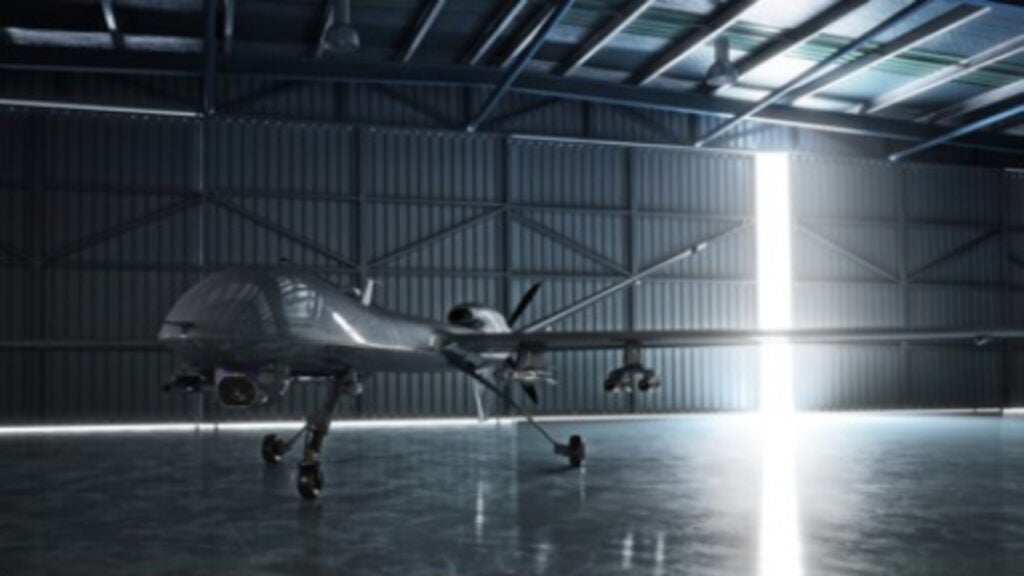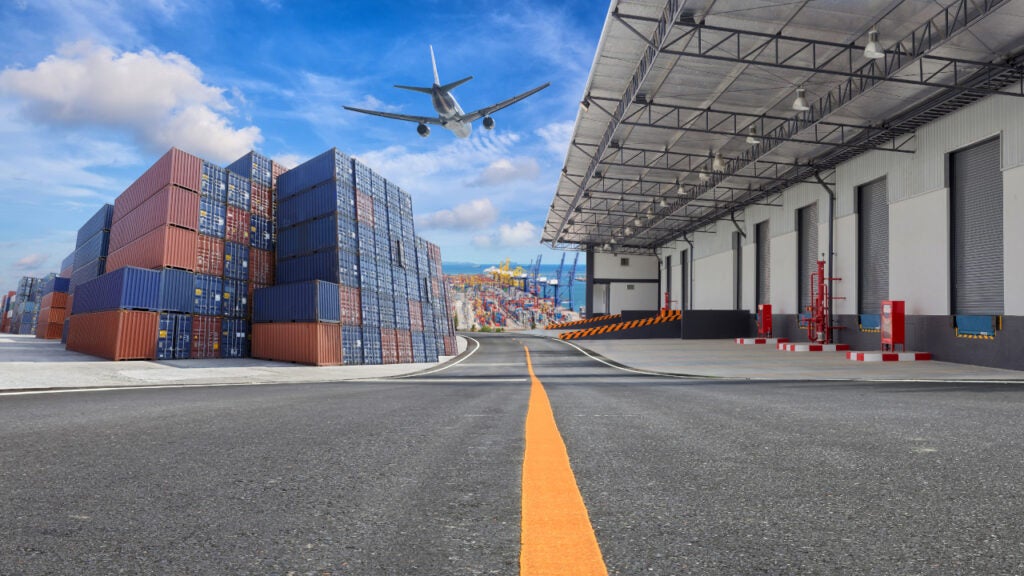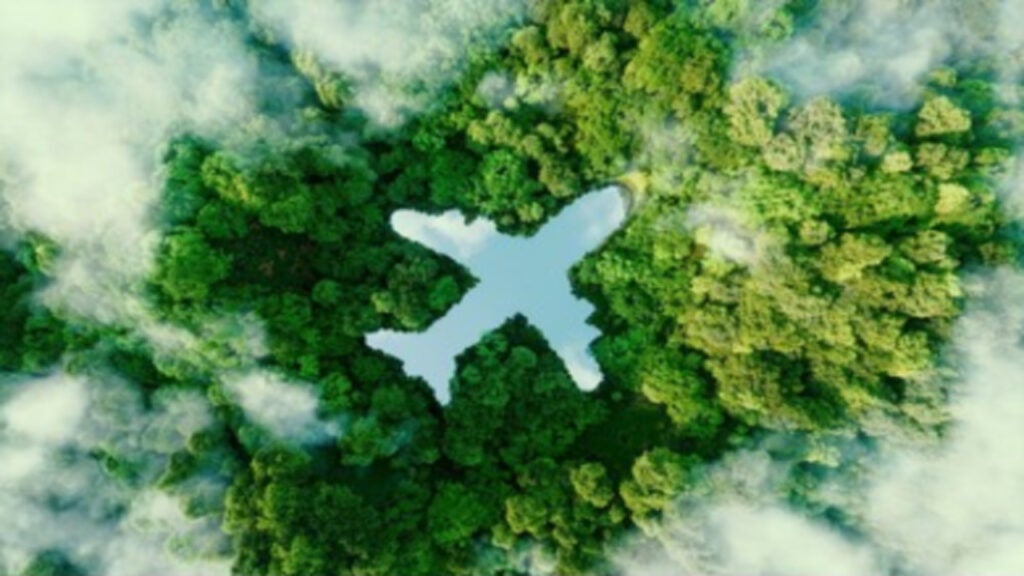The aerospace and defence industry continues to be a hotbed of innovation, with activity driven by developments in artificial technology and machine learning, and growing importance of technologies such as drones, satellite technology and big data. In the last three years alone, there have been over 174,000 patents filed and granted in the aerospace and defence industry, according to GlobalData’s report on Artificial Intelligence in Aerospace, Defence & Security: AI-assisted industrial image analysis.
However, not all innovations are equal and nor do they follow a constant upward trend. Instead, their evolution takes the form of an S-shaped curve that reflects their typical lifecycle from early emergence to accelerating adoption, before finally stabilising and reaching maturity.
Identifying where a particular innovation is on this journey, especially those that are in the emerging and accelerating stages, is essential for understanding their current level of adoption and the likely future trajectory and impact they will have.
180+ innovations will shape the aerospace and defence industry
According to GlobalData’s Technology Foresights, which plots the S-curve for the aerospace and defence industry using innovation intensity models built on over 262,000 patents, there are 180+ innovation areas that will shape the future of the industry.
Within the emerging innovation stage, machine learning for autonomous navigation, battery thermal management systems, and satellite image mosaicing are disruptive technologies that are in the early stages of application and should be tracked closely. 3D image segmentation, AV on-board control systems, and lidar for 3D object detection are some of the accelerating innovation areas, where adoption has been steadily increasing. Among maturing innovation areas is sensor-guided aiming assistance, which is now well established in the industry.
Innovation S-curve for artificial intelligence in the aerospace and defence industry

AI-assisted industrial image analysis is a key innovation area in artificial intelligence
AI image analysis has a variety of uses, and a leading industrial application is for fault monitoring as well as quality checks.
GlobalData’s analysis also uncovers the companies at the forefront of each innovation area and assesses the potential reach and impact of their patenting activity across different applications and geographies. According to GlobalData, there are 120+ companies, spanning technology vendors, established aerospace and defence companies, and up-and-coming start-ups engaged in the development and application of AI-assisted industrial image analysis.
Key players in AI-assisted industrial image analysis – a disruptive innovation in the aerospace and defence industry
‘Application diversity’ measures the number of different applications identified for each relevant patent and broadly splits companies into either ‘niche’ or ‘diversified’ innovators.
‘Geographic reach’ refers to the number of different countries each relevant patent is registered in and reflects the breadth of geographic application intended, ranging from ‘global’ to ‘local’.
SZ DJI Technology has filed the largest number of patents in the sector and is creating high-resolution camera drones for industry use and seeks to develop technology that can automatically analyse the images and detect faults without a human operator in the loop. The second largest patent filer is Pictometry International, which is an aerial measurement company that is filing patents to help examine the outside of buildings.
Xiaomi is the leading patent filer in terms of application diversity in the sector. The company is developing a number of AI capabilities including image analysis. General Electric has also filed a number of patents in the sector, in order to improve production lines and reduce possible errors in production. GE services 70,000 jet engines and this is a key area where the technology will be optimised. The company intends to use AI and data analytics to inspect systems and automate repairs.
By geographic reach, the leading organisation is UK MOD, followed by Stradvision and Xiaomi.
The technology has a direct application in defence production, in the manufacturing of complex products including aircraft and ships, and could be utilised to reduce errors and speed up production.
To further understand how artificial intelligence is disrupting the aerospace and defence industry, access GlobalData’s latest thematic research report on Thematic Research: AI in Defense.




